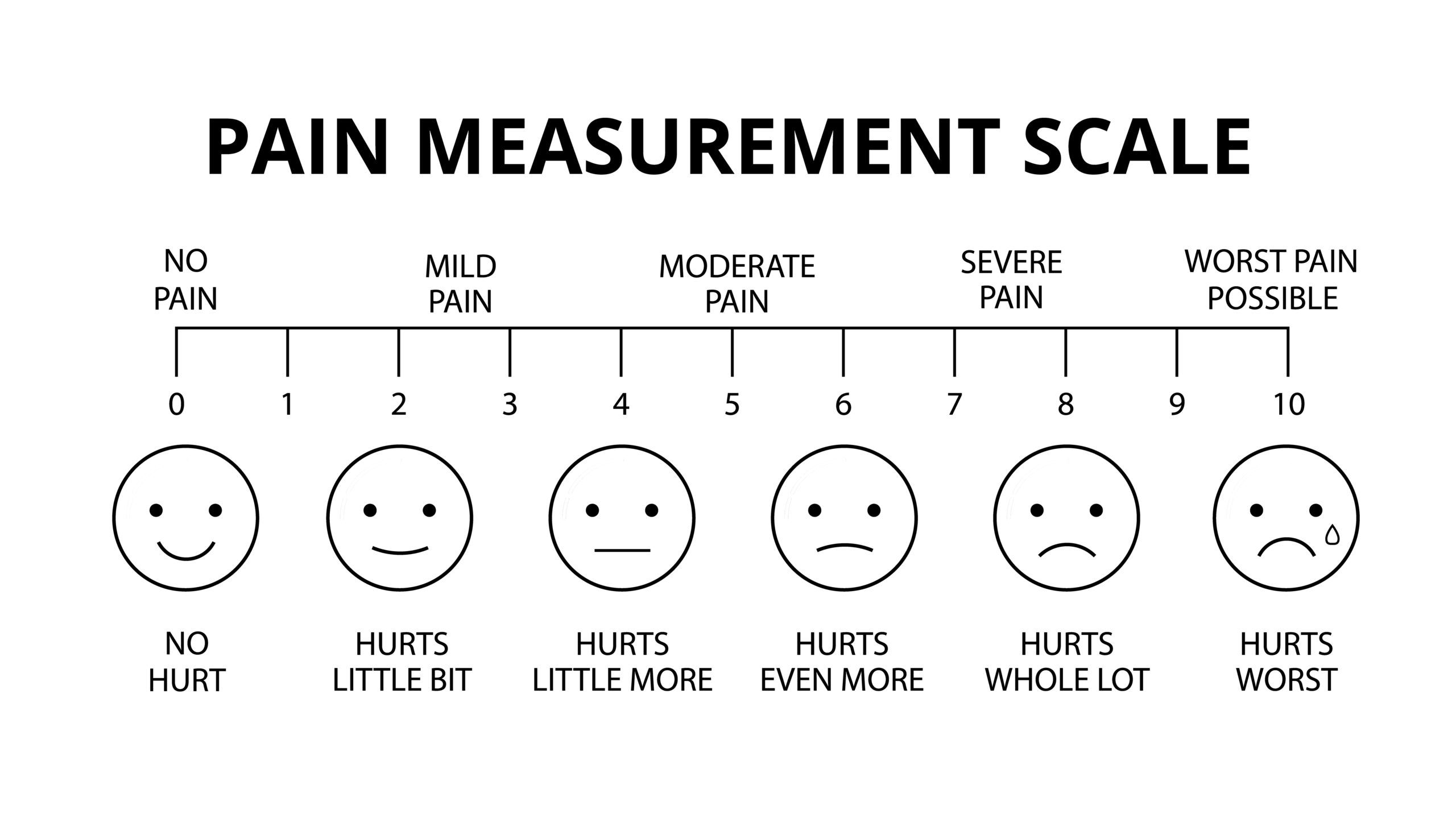
@ShahidNShah


The pain intensity scale is ubiquitous, but how much does it really tell us about how pain impacts patients and how we should treat it? Experimental psychophysics investigations that examined the connection between the strength of noxious stimuli and pain experience gave rise to the 0-to-10 pain intensity scale that has become a common element of clinical care. This scale may have improved pain management in acute postoperative care in the days right after surgery. The scale was used in conjunction with the "titrate to effect" opioid dose strategy in palliative care and cancer pain management to aggressively target pain levels in very ill patients with dismal prognoses. Only after it was expanded to include the outpatient treatment of patients with chronic non-cancer pain did it start to substantially skew clinical pain management. Due to cancer's obvious cause in gradual tissue destruction and short time frame of onset, cancer pain management in the 1980s was simpler.
Continue reading at kevinmd.com
Hologic, which makes mammography machines, could see an increase in its installed base, according to Needham analysts. According to a research note published on Tuesday by Needham analyst Mike Matson, …
Posted May 15, 2023 Breast Cancer Healthcare
Connecting innovation decision makers to authoritative information, institutions, people and insights.
Medigy accurately delivers healthcare and technology information, news and insight from around the world.
Medigy surfaces the world's best crowdsourced health tech offerings with social interactions and peer reviews.
© 2025 Netspective Foundation, Inc. All Rights Reserved.
Built on Apr 17, 2025 at 6:07am